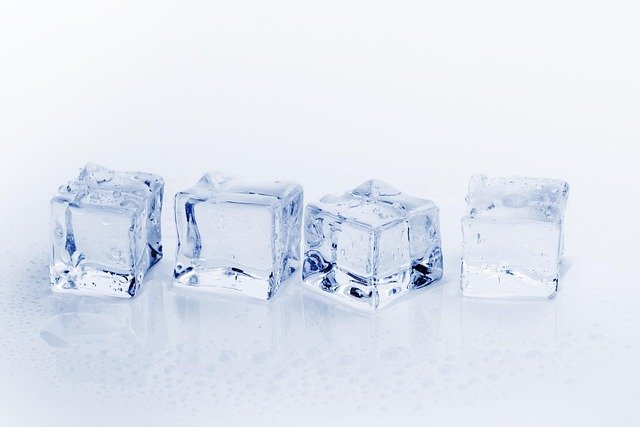Have you ever wondered what makes ice solid, water wet, and steam float in the air? These are not just random things—they are called states of matter. Every single thing in the world is made of matter. And matter can be solid, liquid, or gas.
That’s it. Just three main forms. Three ways the world works.
When you truly understand these states, it becomes easier to see how things change, mix, or move. Whether it’s cooking in the kitchen, drinking juice, or watching clouds in the sky—it all goes back to solids, liquids, and gases.
In this article, we’re going to break it down super clearly. You’ll understand what each state is, how it works, and why it matters. No big science words. No boring talk. Just real learning that sticks.
What Is Matter, Anyway?
Before we jump into the states of matter, let’s take one tiny step back.
Matter is anything that takes up space and has weight. That’s it. If you can touch it, see it, or feel it—it’s matter. Your shoes, the air, your juice box, even your own body.
Everything is made of tiny things called particles (you can think of them like little building blocks). These particles are so small you can’t see them, but they are always there, moving, bouncing, and behaving in their own way.
Now, depending on how close these particles are and how much they move around, matter can be in three main forms:
- Solid
- Liquid
- Gas
Let’s look at each one carefully.
Solids – What Stays in Place
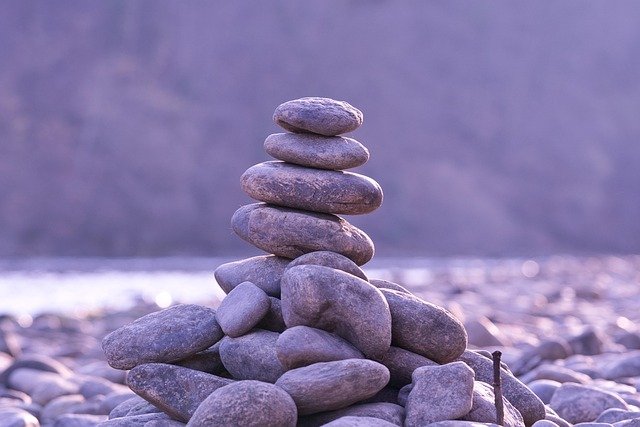
A solid is something that keeps its shape. It doesn’t flow. It doesn’t spread out. When you put it down, it stays right there. A book, a rock, a chair, your pencil—these are all solids.
Why do solids act like this?
In a solid, the tiny particles are very close together. They don’t move around much. They’re packed tightly, almost like people standing shoulder-to-shoulder in a line. They wiggle a little, but they don’t run around or slide.
That’s why solids feel hard or firm.
If you drop a metal spoon, it stays a spoon. If you pick up a toy, it keeps its shape. The particles inside are holding hands tightly, not letting go.
Even soft things like a sponge or a pillow are solids. They might squish when you press them, but they still hold their own shape when you let go.
Solids are perfect when we want to build, hold, or carry things. Imagine trying to sit on a chair made of liquid. Not fun, right?
Liquids – What Moves and Flows
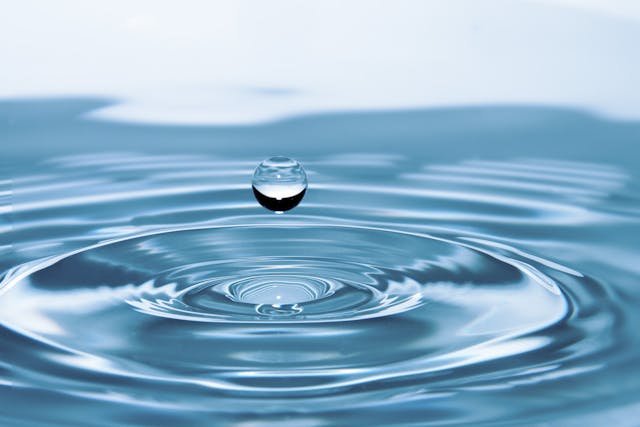
Now think about water. Or milk. Or juice. These are liquids.
Liquids don’t have their own shape. Instead, they take the shape of whatever they’re in. Pour water into a glass—it looks like the glass. Pour the same water into a bowl—it changes shape to fit the bowl.
Why?
Because the particles in a liquid are not packed as tightly as in solids. They’re still close together, but they can slide past each other. They’re a bit more free, kind of like kids on a playground—they stay together, but they move around a lot.
That’s why liquids flow. That’s why you can pour them.
Liquids can be thick or thin. Honey flows slower than water. That’s because its particles stick together more.
But no matter the type, liquids always:
- Take the shape of the container
- Have a surface you can see and touch
- Don’t fly away like gas
Liquids are super important. We drink them, wash with them, cook with them, and swim in them.
Gases – The Airy, Invisible Stuff
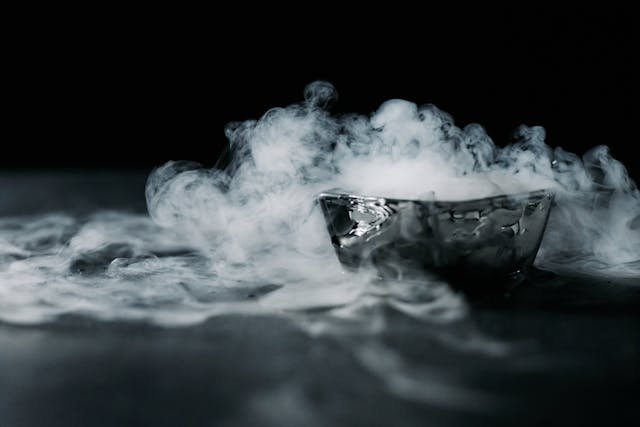
Now look around you. Can you see air? Probably not. But it’s there. You’re breathing it right now. Air is made up of gases—and gases are the most “free” kind of matter.
Gases do not have a shape. They don’t have a set size either. They spread out and fill up whatever space they’re in.
For example, when you blow up a balloon, you’re filling it with gas (mostly air). The gas spreads out inside the balloon and pushes on the sides to give it shape.
Why does gas behave this way?
Because the particles in a gas are very far apart. They move around a lot—bumping into each other, bouncing off walls, zooming everywhere. Unlike solids and liquids, gas particles don’t stay close or slide—they move fast and in all directions.
That’s why you can’t always see or touch a gas, but you can feel it. Like when wind brushes your face or when you smell popcorn popping—those are gas particles traveling through the air to your nose.
Examples of gases:
- The air we breathe (mostly nitrogen and oxygen)
- Steam from hot tea (water as a gas)
- Helium in balloons
- Carbon dioxide in fizzy drinks
A Closer Look at How Matter Changes States
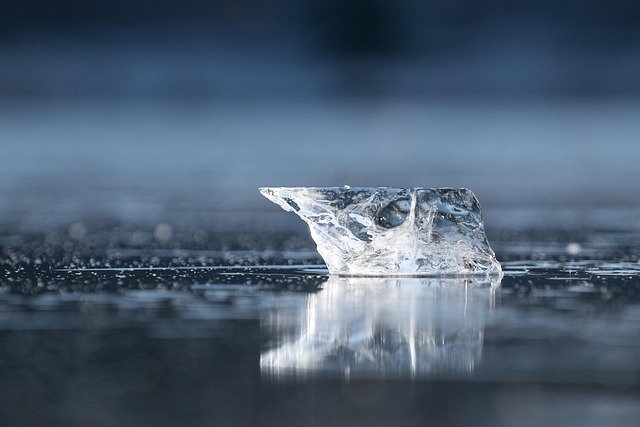
Changing from solid to liquid, liquid to gas, or back again isn’t just a cool science fact—it’s real-life science in motion. Every time you cook, cool, heat, or even breathe, states of matter are shifting.
Let’s understand these changes more clearly.
🔥 1. From Solid to Liquid – Melting
Think of an ice cube on a warm table. At first, it’s hard and cold. But after a few minutes, you notice water around it.
Why? Because the heat from the air is making the particles in the ice vibrate faster. They start breaking apart from their fixed positions. The ice begins to melt.
Melting happens when a solid gains heat. Each substance has a melting point—the temperature where it changes into a liquid. For water, that point is 0°C (32°F).
Real-life examples:
- Butter melting on hot toast
- Ice cream softening in the sun
- Chocolate melting in your hand
💧 2. From Liquid to Solid – Freezing
Now think of putting water in a freezer. After some time, it turns to ice.
This is freezing, and it happens when a liquid loses heat. The particles slow down, get closer, and lock into place.
Freezing point is often the same temperature as melting point, but in reverse. For water, it’s again 0°C (32°F).
Real-life examples:
- Water turning into ice cubes
- Juice becoming popsicles
- Rain freezing into hail
🌫️ 3. From Liquid to Gas – Evaporation and Boiling
This is when a liquid turns into a gas. There are two ways it can happen:
➤ Evaporation
Evaporation is slow and happens at the surface. You don’t need to boil water to make it evaporate. Even if you leave water out on a plate, it slowly disappears. That’s evaporation.
It happens when some particles on the surface get enough energy to escape into the air.
Examples:
- Wet clothes drying in the sun
- Water disappearing from a puddle
- Sweat drying off your skin
➤ Boiling
Boiling is faster and happens throughout the liquid. It needs heat. For water, boiling happens at 100°C (212°F). Bubbles form, rise, and pop.
Examples:
- Water boiling in a pot
- Milk bubbling over
- Soup steaming
In both cases, the liquid becomes gas. The particles are free to fly and fill the air.
🌦️ 4. From Gas to Liquid – Condensation
You’ve seen condensation when water forms on a cold glass. That water didn’t come from inside the glass—it came from the air.
Warm air contains water vapor (a gas). When that air touches something cold, it loses energy. The particles slow down and stick together, forming drops of liquid.
Examples:
- Water drops on a soda can
- Steam turning back to water on a mirror
- Clouds forming and turning into rain
Condensation is how rain, dew, and fog happen in nature.
❄️ 5. From Gas to Solid – Deposition
Sometimes, gas can skip the liquid step and turn straight into a solid. This is called deposition.
Example:
- Frost on a cold window. The water vapor in the air turns directly into ice crystals.
This happens when it’s very cold and moist.
💨 6. From Solid to Gas – Sublimation
The opposite of deposition is sublimation—when a solid turns straight into gas.
The most fun example is dry ice. It’s a frozen form of carbon dioxide. Instead of melting, it turns straight into foggy gas.
Examples:
- Dry ice in a Halloween party fog
- Mothballs slowly disappearing in a closet
- Ice disappearing in a freezer (called “freezer burn”)
These changes are happening every day, all around you. When you boil water, freeze juice, or see dew on the grass, you’re watching matter shift its state.
Why Understanding States of Matter Matters in Real Life
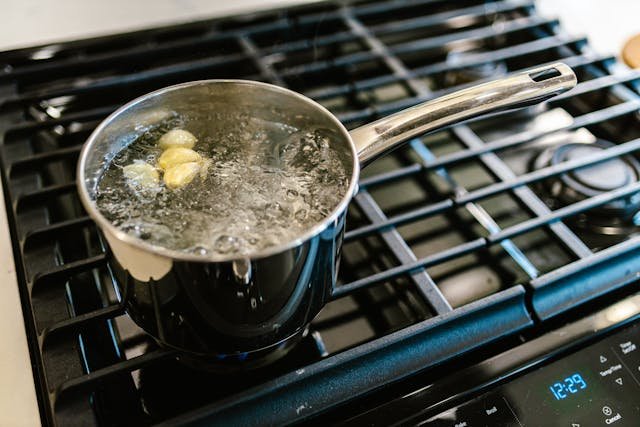
You might be thinking, “Okay, cool… but why do solids, liquids, and gases even matter outside science class?”
Here’s the truth: they’re everywhere. And when your child understands how these states work, they don’t just get better at science—they get better at solving problems, thinking clearly, and understanding the world.
Let’s look at some everyday moments where this simple science shows up.
In the Kitchen
Cooking is like a science lab. When you boil pasta, you’re turning water into steam (liquid to gas). When you freeze ice cream, you’re turning liquid into solid. When chocolate melts? Solid to liquid.
Every recipe has heat and cold doing their work. When a child understands states of matter, they see cooking as more than just food—it becomes a science show.
Cleaning and Washing
Soap can be a solid (like a bar) or a liquid (like in a pump). It can even turn into bubbles (gas!) when you scrub.
Understanding how soap works in water helps kids see how particles mix and clean things. That’s science in action.
Weather and Nature
When rain falls, it’s condensation. When puddles dry, that’s evaporation. When it snows, that’s freezing. When there’s fog, that’s tiny liquid drops floating in air.
Knowing this helps your child understand why weather changes, why clothes dry on a line, or how clouds form. They begin to notice more, ask better questions, and connect dots faster.
Drinks and Ice
Ever see a cold drink “sweat”? That’s water vapor from the air turning into drops—condensation.
Ever wonder why ice floats? That’s because the particles in ice spread out, making it lighter than water. These are little mysteries your child can solve just by learning the states of matter.
In Technology
Even tech uses matter changes:
- Refrigerators use liquid to gas changes to stay cool
- Air conditioners do the same
- Engines burn fuel—liquid to gas, creating motion
Your child may not build a fridge today—but one day, they might. And this is where it begins.
What Kids Learn Beyond Science
Learning solids, liquids, and gases isn’t just about school. It builds:
- Observation skills – They notice how things change
- Patience – They learn to wait, watch, and measure
- Cause and effect – They start thinking: “If I heat this, what will happen?”
- Curiosity – They start asking why things behave the way they do
These are thinking muscles. And the more they’re used, the smarter and more confident your child becomes.
Try It Yourself: Simple Experiments That Show the States of Matter
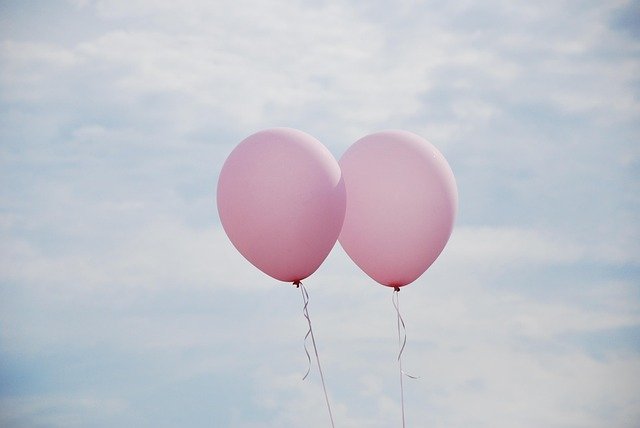
Learning becomes unforgettable when you see it happen with your own eyes. These hands-on experiments help children experience science in real life. No fancy lab needed—just things from your kitchen and a curious mind. These activities don’t just teach facts. They help your child feel the science, observe changes, and ask great questions.
Let’s dive in.
🧊 1. Melting Race: Which Solid Melts the Fastest?
This is a fun and visual way to see how solids change into liquids when heat is added. It also shows that not all solids melt the same way.
What You Need:
- 1 ice cube
- 1 piece of chocolate
- A small pat of butter
- 3 plates
- A warm, sunny spot (or a lamp)
Instructions:
Put one item on each plate and place all three in the same warm area. Ask your child to guess which one will melt the fastest. Set a timer and observe together. What melts first? What stays solid longer?
What’s Happening:
All three items are solids. As they warm up, their particles begin to move faster and break apart. The more quickly the particles loosen, the faster the object melts. This shows how heat energy can change a solid into a liquid—and why some materials (like butter) melt faster than others.
Debsie Tip:
Try placing one of the plates in a cool shady spot as a “control,” and compare the results. This adds an extra layer of discovery!
🌧️ 2. Cloud in a Jar
This magical-looking experiment lets your child see condensation in action—just like how real clouds form in the sky.
What You Need:
- A clear glass jar with a lid
- Hot (not boiling) water
- Ice cubes
- A small spray of hairspray (optional but fun)
Instructions:
Pour hot water into the jar—just enough to cover the bottom. Swirl it around gently, then quickly spray a tiny bit of hairspray inside. Immediately place the lid upside down on the jar and add a few ice cubes on top. After a minute, a cloud will form inside.
What’s Happening:
The hot water turns into water vapor, which is a gas. When that gas rises and hits the cold lid, it cools down quickly. This makes the vapor condense into tiny water droplets—just like how clouds form in the sky when warm air meets cool air.
Debsie Tip:
Shine a flashlight through the jar while the cloud forms. It looks like a tiny weather system, and it’s a great way to spark a child’s imagination.
🎈 3. Balloon Blow-Up Without Blowing
This exciting reaction shows your child how a gas can take up space and create pressure—even though it’s invisible.
What You Need:
- A small plastic bottle
- A balloon
- Vinegar
- Baking soda
- A spoon and a funnel (or rolled-up paper)
Instructions:
Pour about half a cup of vinegar into the bottle. Use the funnel to put two teaspoons of baking soda into the balloon. Carefully stretch the balloon over the mouth of the bottle—without tipping the baking soda in yet. When you’re ready, lift the balloon so the baking soda falls into the vinegar.
What’s Happening:
When baking soda (a base) and vinegar (an acid) mix, they react chemically and create a gas—carbon dioxide. That gas builds up inside the bottle and needs to escape, so it fills up the balloon. This shows that even though gases are hard to see, they take up space and can create force.
Debsie Tip:
Do this one outside or over a tray, in case of spills! Ask your child to draw what happened or describe it in their own words—great for thinking and vocabulary.
How Debsie Helps Kids Master States of Matter (and Love Science)

At Debsie, we believe science should feel like magic—but the kind of magic you can understand, explore, and play with.
Kids learn best when they’re curious, not when they’re cramming. That’s why our lessons on states of matter aren’t just about definitions—they’re about real discovery.
Here’s how we make this happen:
Science Feels Like Play at Debsie
At Debsie, we don’t believe in boring science. We believe in playful, hands-on learning that feels like fun from the very first click. That’s why our lessons on solids, liquids, and gases aren’t just read-and-repeat—they’re designed like mini adventures. Kids get to interact with animations, do digital experiments, and solve mysteries that make learning feel more like a game than a lesson.
The moment a child sees water turning to steam in a simulation or watches a cube of ice melt while answering simple science questions, their brain lights up. It’s exciting, it’s real, and it sticks. At Debsie, we don’t just teach facts—we make learning come alive.
Real Teachers, Real Questions, Real Answers
Even the best video can’t beat a real teacher. That’s why Debsie offers live classes where expert teachers explain every concept in a calm, kind, and clear way. When we talk about particles moving in water or why steam disappears, we say it in the simplest words possible—so that every child understands, no matter their age or background.
And when kids are curious (which they always are), they can ask questions on the spot. “Why does ice float?” or “Can gas be heavier than a solid?” Our teachers love those questions. They answer with patience, giving examples kids can relate to. It’s like having a science tutor and cheerleader in one.
See It, Touch It, Try It at Home
Learning about solids, liquids, and gases isn’t just about watching. It’s about doing. That’s why Debsie gives kids real activities to try at home—with things they already have in their kitchen. From melting chocolate to freezing juice, these small home experiments help kids connect what they learn to their everyday life.
When a child actually sees how ice melts faster in the sun or watches fog form on a cold glass, it’s no longer just science—it becomes their own discovery. They’re not just reading about matter changing states—they’re witnessing it, controlling it, and truly understanding it.
Learning That Feels Personal and Global
Debsie teaches children from many different countries, but every lesson feels personal. Whether your child is 5 or 15, we teach based on their level, their pace, and their curiosity. We explain states of matter using everyday examples from home, school, and nature—so kids don’t just memorize; they connect.
And because everything happens online, children can learn from anywhere. Whether it’s a rainy afternoon or a quiet Saturday morning, your child can log in and start exploring how the world works—one state of matter at a time.
From Curiosity to Confidence
When children understand the states of matter, they’re not just memorizing science terms—they’re learning how to think like scientists. At Debsie, we see this change every day. A child who once said, “Science is hard,” begins to ask questions like, “What would happen if I froze soda?” or “Why does fog form in the morning?” That’s the power of curiosity turning into confidence.
This confidence doesn’t stay in the science lesson—it spills over into everything. Kids who feel smart in science feel brave to try new things, speak up in class, and solve problems on their own. And it all starts with one good experience, one simple concept, one kind teacher explaining how ice melts or steam rises. At Debsie, we make that first experience amazing—and then we keep building from there.
Final Thoughts: The Magic of Matter Is Everywhere
Solids, liquids, and gases aren’t just science topics—they’re the stuff of everyday life. From the water we drink, to the air we breathe, to the ground we walk on, everything we see and touch is made of matter. And once your child begins to understand how matter works and changes, the world doesn’t feel random anymore—it feels full of wonder, patterns, and meaning.
At Debsie, we believe that science should be simple, joyful, and full of aha moments. We take tricky ideas like particle movement, temperature changes, and states of matter, and make them easy for every child to explore. Through fun experiments, friendly teachers, and gamified lessons, we help children turn “I don’t get it” into “I love this!”
If you want your child to grow more curious, more confident, and more capable in science—and in life—Debsie is ready to help.
👉 Book a free science class now at Debsie
👉 Explore all our fun, expert-led courses for ages 5–18
Let your child experience the joy of real learning—starting today. Because when science makes sense, everything else starts to click too.
Read Next:
